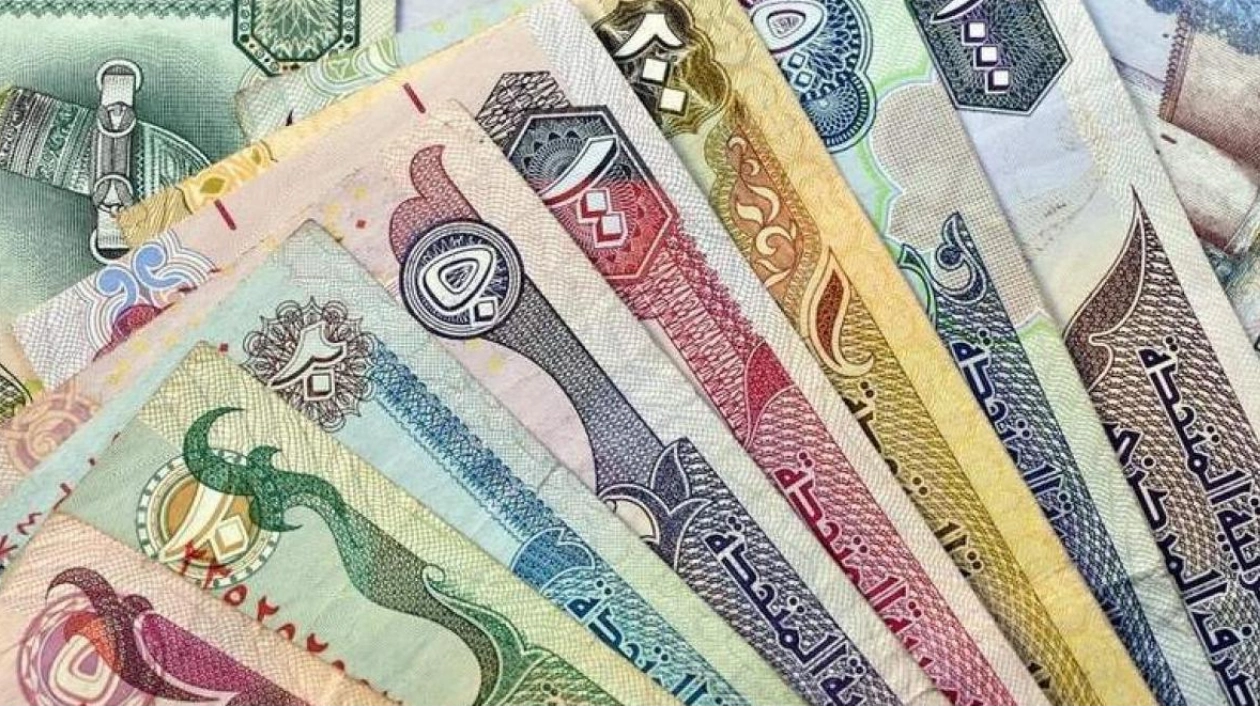Banks in the Gulf Cooperation Council (GCC) region are performing well and this trend is expected to continue into next year, according to a recent report.
The S&P Global GCC Banking Sector Outlook 2025 highlights that GCC banks are supported by robust asset quality indicators and strong capitalization, with ample liquidity on their balance sheets. However, their performance may be slightly impacted by declining interest rates. Unexpected spikes in geopolitical risk or a significant drop in oil prices could pose challenges to banks' creditworthiness.
Dr. Mohamed Damak, Managing Director and Sector Lead, Financial Institutions and Emerging Markets at S&P Global, noted in the report, "Depending on how the scenario unfolds, we expect banks will be relatively resilient. This explains our currently high ratings on GCC banks and the positive outlook bias."
S&P analysts are closely monitoring energy prices, supply chain disruptions, financial market volatility, external and local capital outflows, and the resurgence of inflationary pressures. The report suggests that while lower interest rates could benefit systems dependent on external funding, banks' bottom lines could suffer if the cost of funding or risk does not decrease accordingly.
S&P forecasts the Brent oil price to average $75 per barrel in the fourth quarter of 2024 and throughout 2025-2027, which will be beneficial for most GCC countries. Damak added, "In our view, GCC countries will also benefit from the implementation of economic transformation projects (Saudi Arabia), the expansion of gas production (Qatar), reform implementations (Bahrain and Oman), and the non-oil economy’s good performance (Bahrain and the UAE)."
Within this framework, S&P anticipates that GCC banks will continue to expand their lending portfolios without causing significant macroeconomic imbalances. Lending growth is expected to range from 8%-9% in Saudi Arabia and the UAE to 3%-6% in other GCC countries.
Despite the impact of the Covid-19 pandemic, the nonperforming loan (NPL) ratio has remained at 3%-4%, aided by regulatory forbearance measures and economic recovery. The write-offs of legacy NPLs also contributed. Banks have used their strong post-pandemic profitability to set aside additional provisions, creating a buffer against potential future shocks.
Damak stated, "We expect asset quality indicators will remain broadly stable over the next 12-24 months." Margins have improved due to higher rates, while the cost of risk is gradually increasing in some countries as banks use excess profitability to prepare for potential shocks or to cover risks related to exposures in nondomestic countries.
S&P forecasts the US Federal Reserve to reduce rates by 225 basis points (bps) by the end of 2025, including the 75-bps cut already implemented. GCC central banks are likely to follow suit to varying extents. While the overall impact of rate declines on profitability is negative, S&P believes it could mitigate unrealized losses in securities portfolios and reduce the cost of funding for banks heavily reliant on external funding.
UAE banks maintain high local and external liquidity volumes, benefiting from the materialization of previous geopolitical risks, according to S&P.
Source link: https://www.khaleejtimes.com






